Stigma around dissociative identity disorder (DID) – previously known as multiple personality disorder– leads the public to think that patients only feign an identity and fabricate amnesia as an excuse for unjust actions. Although commonly disregarded as a “fake disorder,” an endless battle with oneself is the reality that individuals with DID continuously live through.
According to the Mayo Clinic, symptoms of DID include the “loss of connection between thoughts, memories, feelings, surroundings, behavior, and identity.” Among a plethora of different conditions, DID is notorious for inducing constant “switches” between identities. Because of this, the patients often refer to themselves as an “identity system.”
“BanG Dream! Ave Mujica – The Die is Cast” aired from January to March. The plot encompasses Sakiko Togawa, a runaway girl, who forms a band named Ave Mujica to cope with her past trauma. The plot heavily focuses on the character development of Mutsumi Wakaba, Sakiko’s childhood friend and a patient of DID. As an identity system, she embodies an unbiased representation of DID with the non-violent yet bothersome symptoms that affect her daily life.
Patients of dissociative disorders often report dissociative amnesia: a memory gap caused by the separation from reality. In episode 2 of “BanG Dream! Ave Mujica – The Die is Cast -,” abrupt time skips depict this symptom.
The first “jump” occurs after Mutsumi’s magazine photoshoot. In the scene where she poses for the camera, a staff member praises her “empty look” – dissociation. Then, the scene cuts to Mutsumi’s arousal from her deep sleep late at night, accompanied by the “click” of a camera. Mutsumi’s job as a model took place during the day, which implies that a significant amount of time had elapsed. Despite all this, Mutsumi seemingly forgot everything from her past.
The previous scenes heavily imply that the character undergoes dissociation, rather than a stylistic cut often made in anime. According to Medical News Today, dissociative disorders often entail unresponsive behaviors. Mutsumi also exhibits this before the photoshoot when others directly address her, which hints at the gradual separation of her mind from reality. The eccentricity in her demeanor conveys a sense of strong abnormality and the fragility of Mutsumi’s mental state.
The anime depicts dissociation more directly the next day, the first day of Mujica’s domestic tour. Mutsumi experiences an anxiety attack in the changing room. After another “click,” she loses her grasp on reality. Instantly, the signs of anxiety fade away. It seems as if she feels no emotions at all, which sets a powerful contrast to Mutsumi’s condition before the switch.
Episode 3 finally introduces the idea of multiple identities where “Mortis,” Mutsumi’s other personality (a.k.a “alter”), takes over her mind.
Inside Mutsumi’s rainy mindscape, doll-like Mortis offers her an umbrella. When Mutsumi reaches out to grab it, Mortis transforms it into a monster-like figure and consumes Mutsumi completely.

When Mortis swallows Mutsumi, it indicates a switch between the two altars: Mutsumi no longer controls the body – Mortis does. The production team drives this home with a drastic personality change from this point.
Unlike Mutsumi, Mortis shows no signs of her stage fright. Not only that, she initiates an ad-lib herself, unlike Mutsumi, who trembled at the mere idea of going off script due to low confidence. Her bandmates notice the evident difference in her manner as well.
Besides the personality shift, while Mutsumi plays the guitar flawlessly thanks to her years of experience, Mortis possesses no talent in the art. According to Cleveland Clinic, symptoms of DID include not only contrasting personalities but the possession of different skill sets as well, and together the two alters precisely embody this characteristic of DID with their differing guitar skills.
The resolution of Mutsumi’s arc
The crux of Mutsumi and Mortis’s disorder surfaces in episode 6, where Mutsumi and Mortis converse with each other, in the same body, out loud. Despite the short timespan of 1 minute and 20 seconds, the camera angles and the ominous music work together to convey extreme tension.
After multiple disputes on who gets control over the body, Mutsumi and Mortis ultimately recognize the importance of each other and reach a compromise. In episode 10, the two alters embrace one another and seem to “fuse” in Mustumi’s metaphorical mindspace.
At first, this scene sparked controversy among fans due to a presumed inaccurate representation. Modern medicine has yet to find a cure for DID. Thus, the resolution between the two conflicting alters misrepresents the disorder.
The final episode dismissed the idea. While the two identities reconciled onstage, Mortis still exhibits behaviors atypical of Mutsumi, such as winking at the camera. Despite this, Mortis only emerges when Mutsumi does not play guitar, which adds an extra layer to the depiction of the two alters.
By the end of the story, the two alters transition smoothly between each other. Fans applauded this plot choice, since the development did not center around the “conquest” over DID, but rather spotlighted personal improvement.
Conclusion
From a psychological standpoint, the show had one of the best representations of mental disorders in the history of anime. Even though the representation lies on the better side, the audience must still take caution not to generalize Mutsumi’s symptoms to the entire DID population. Mental disorders come in various forms and symptoms, and overgeneralization can most often seed stereotypes.
As a fan of anime and a psychology enthusiast, I hope that future anime series that focus on mental disorders will depict them respectfully, like “BanG Dream! Ave Mujica – The Die is Cast -” outlined the path for them.

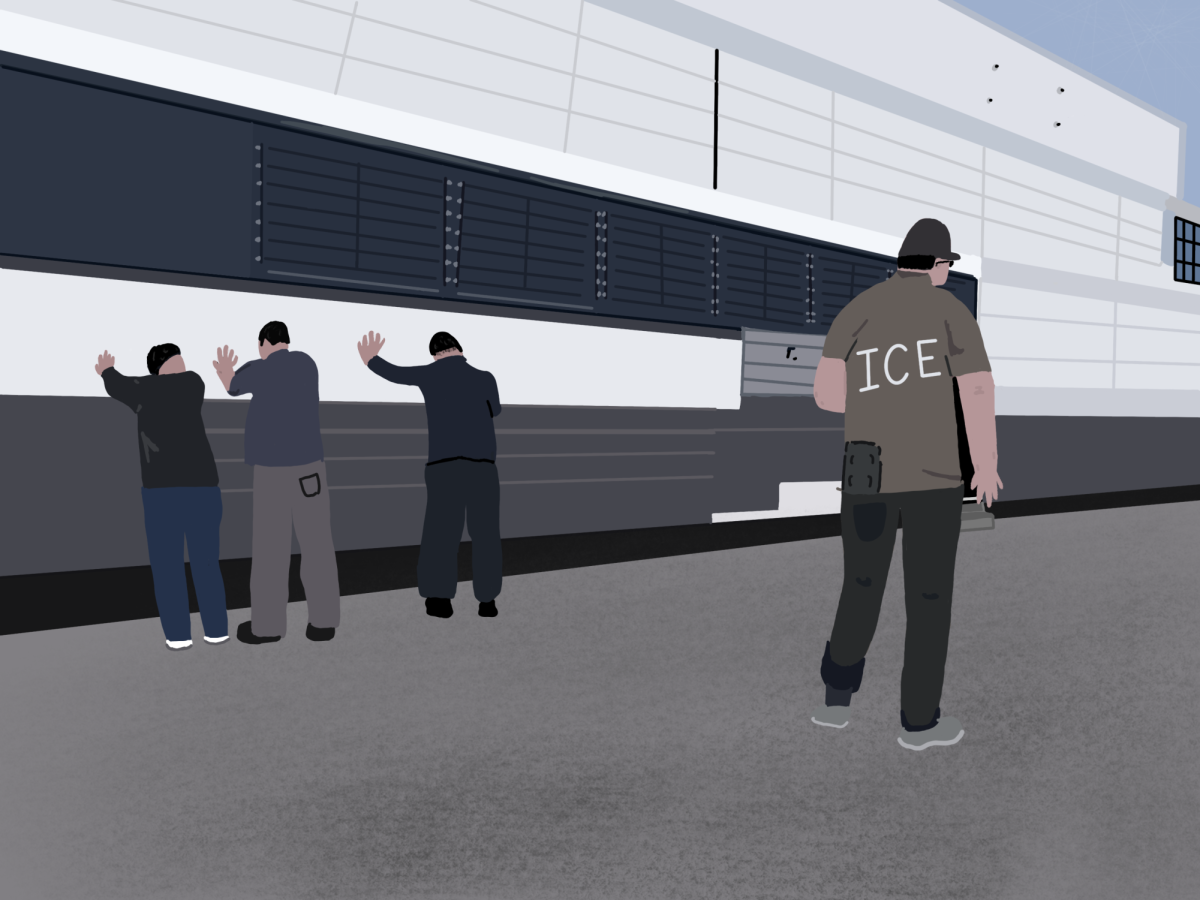
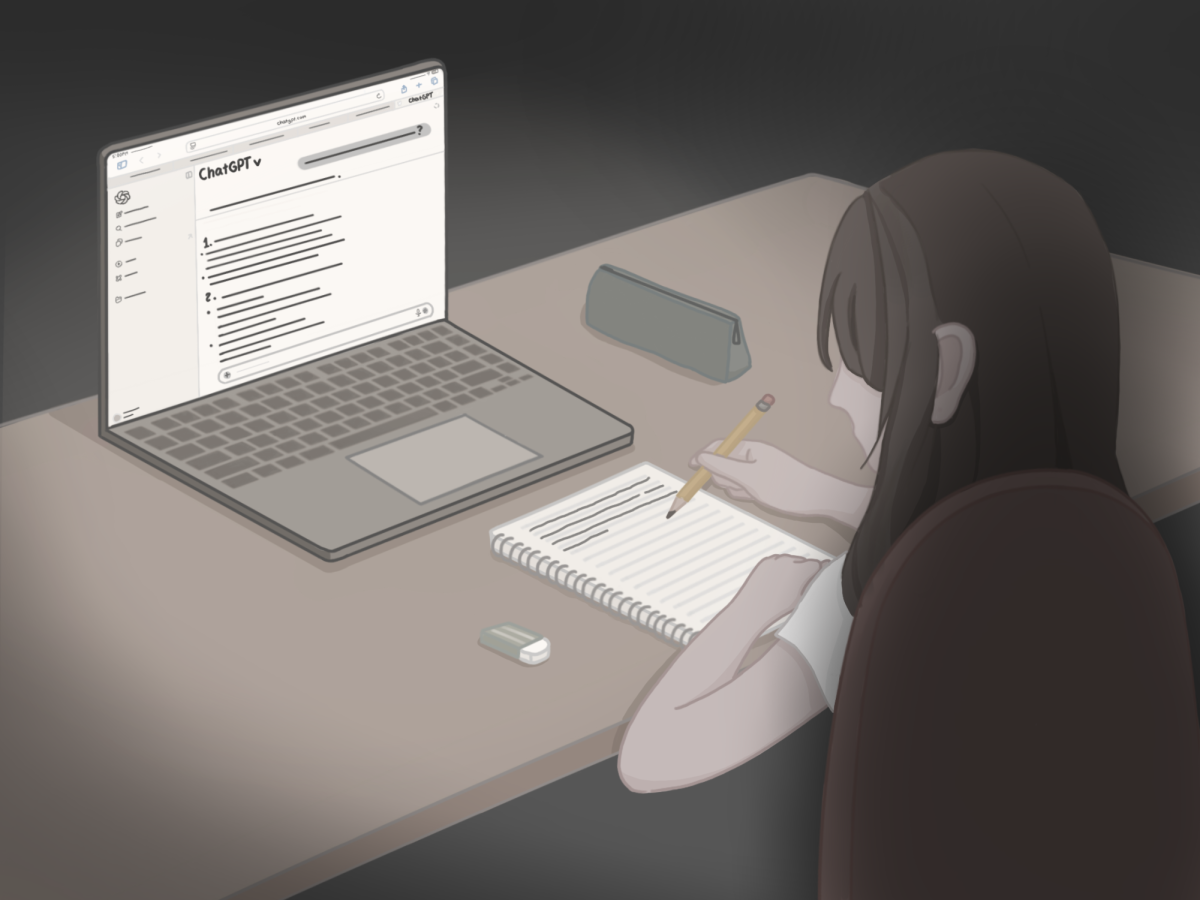
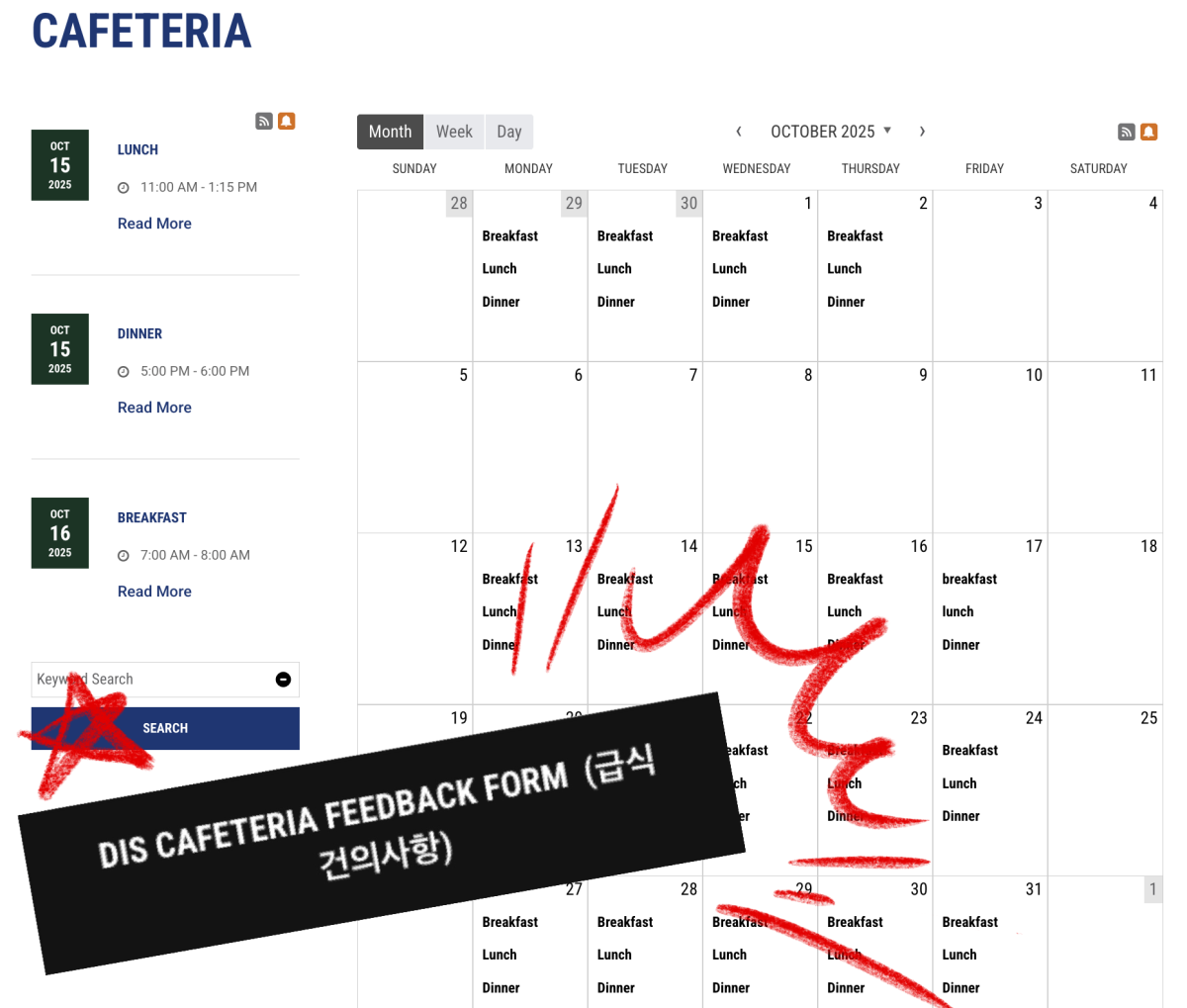


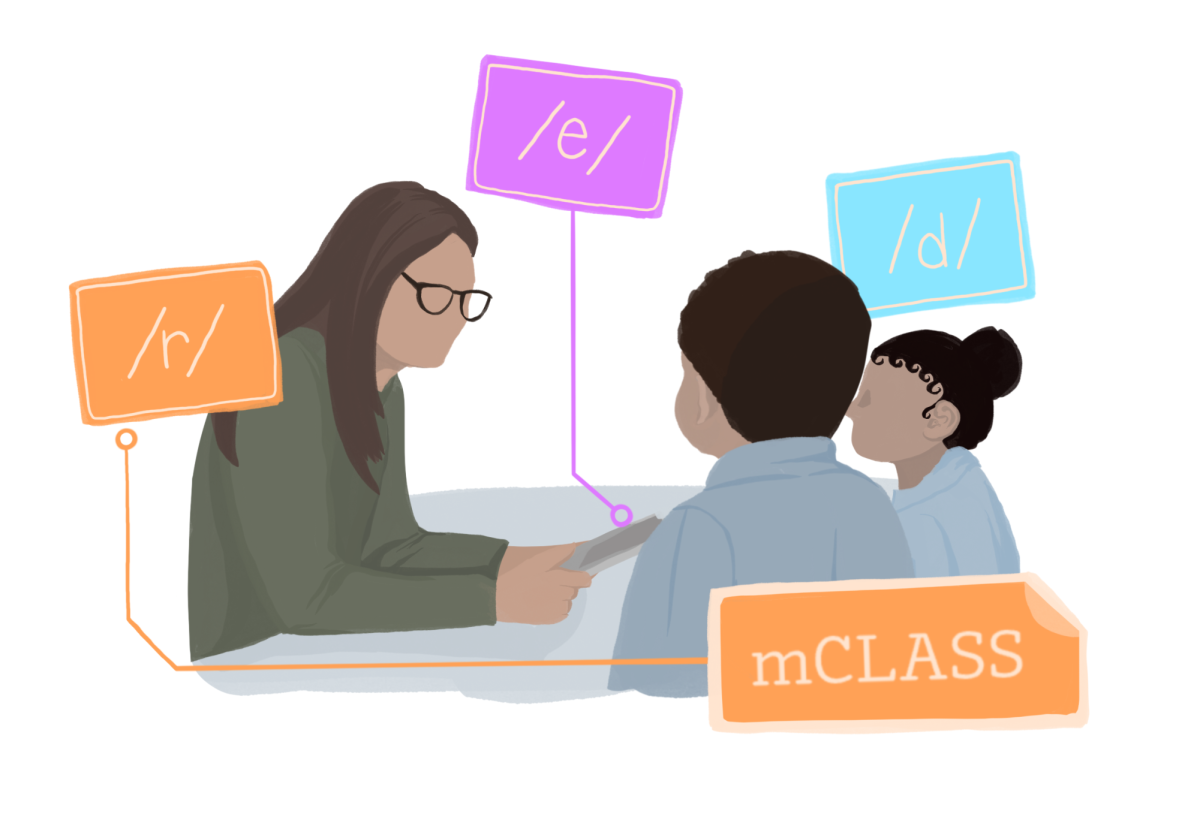


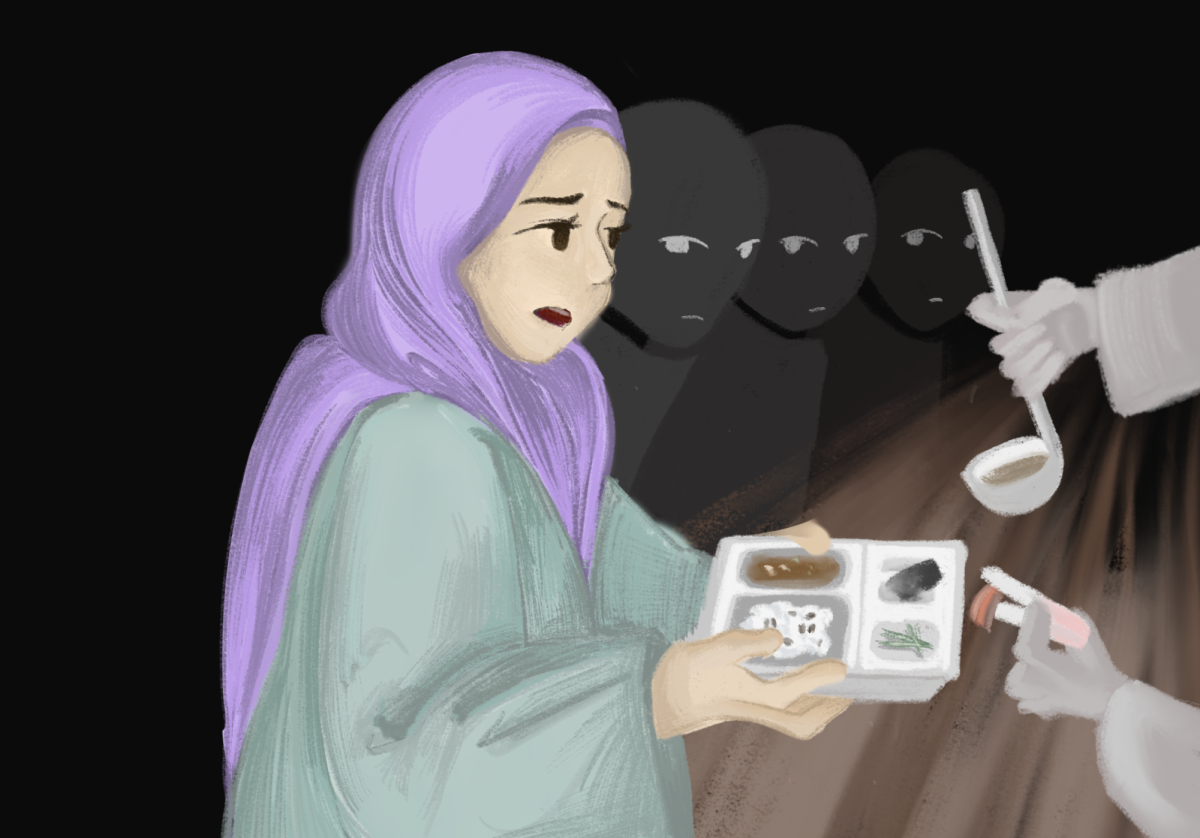

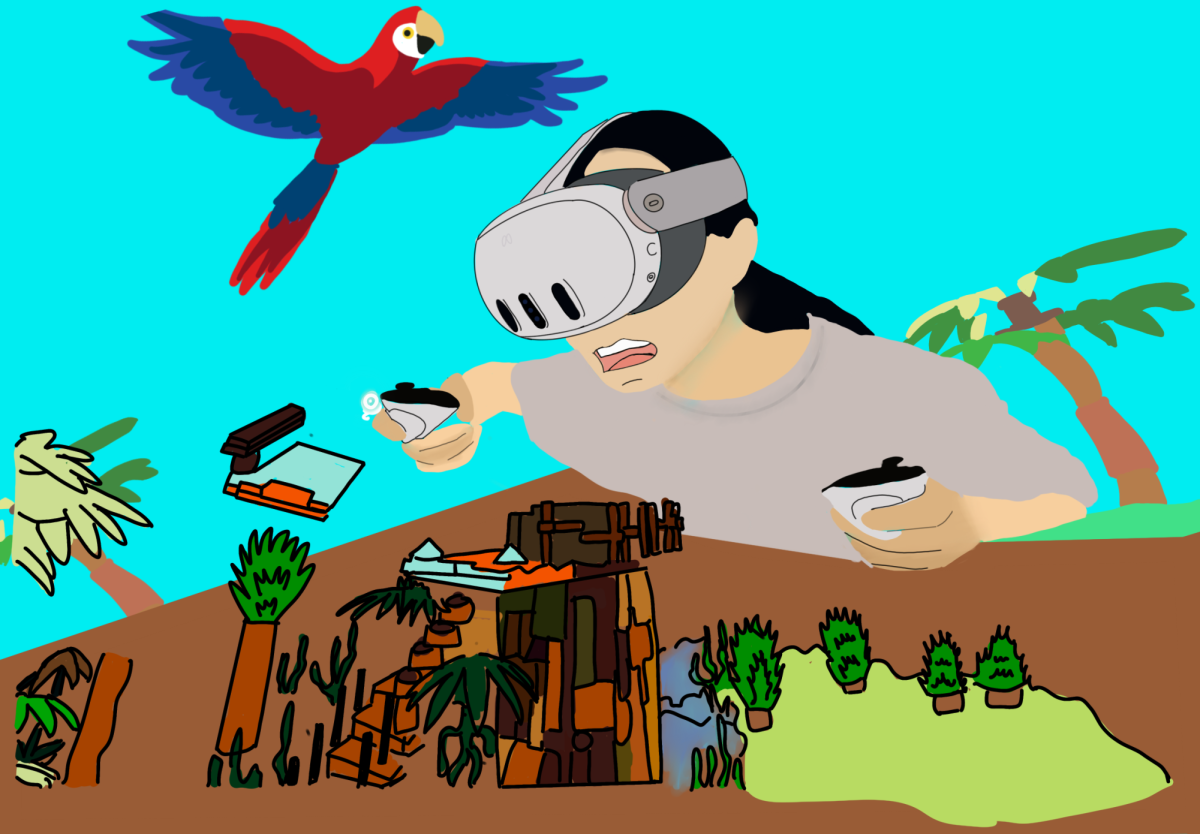


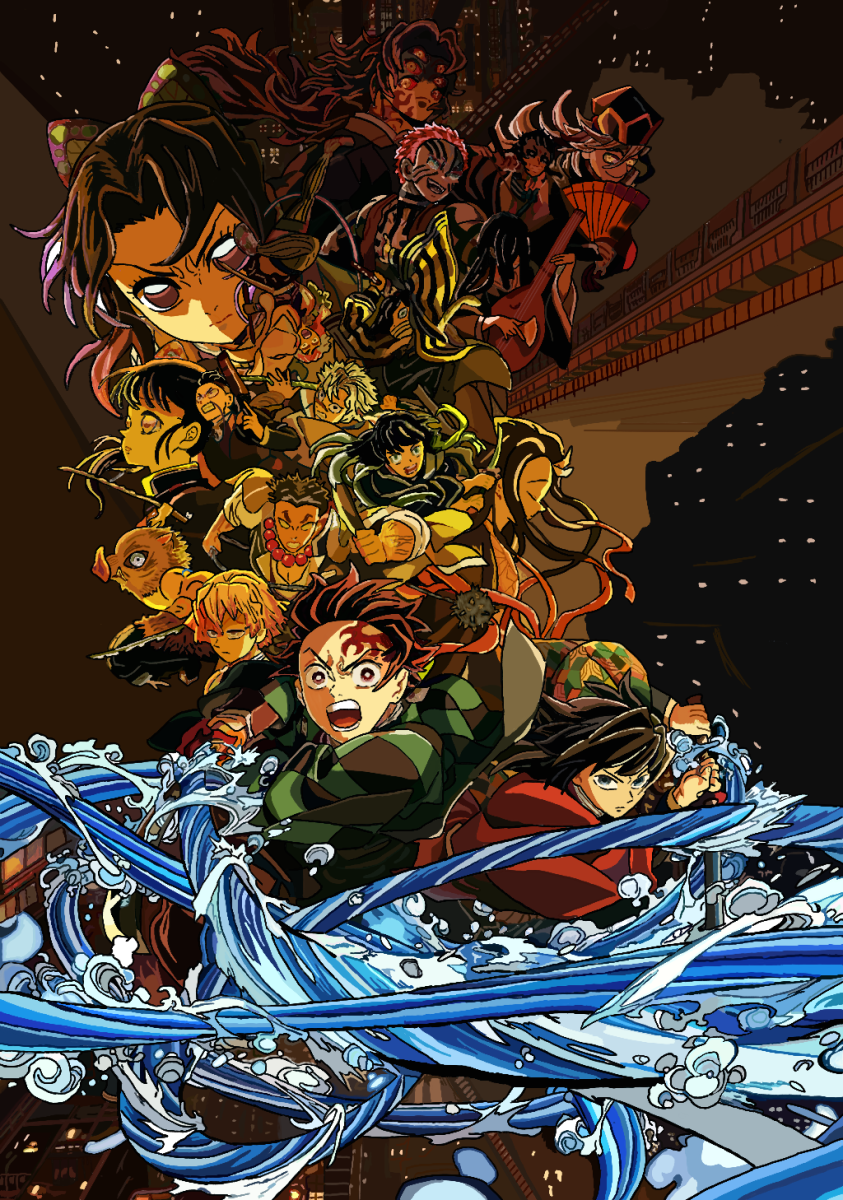
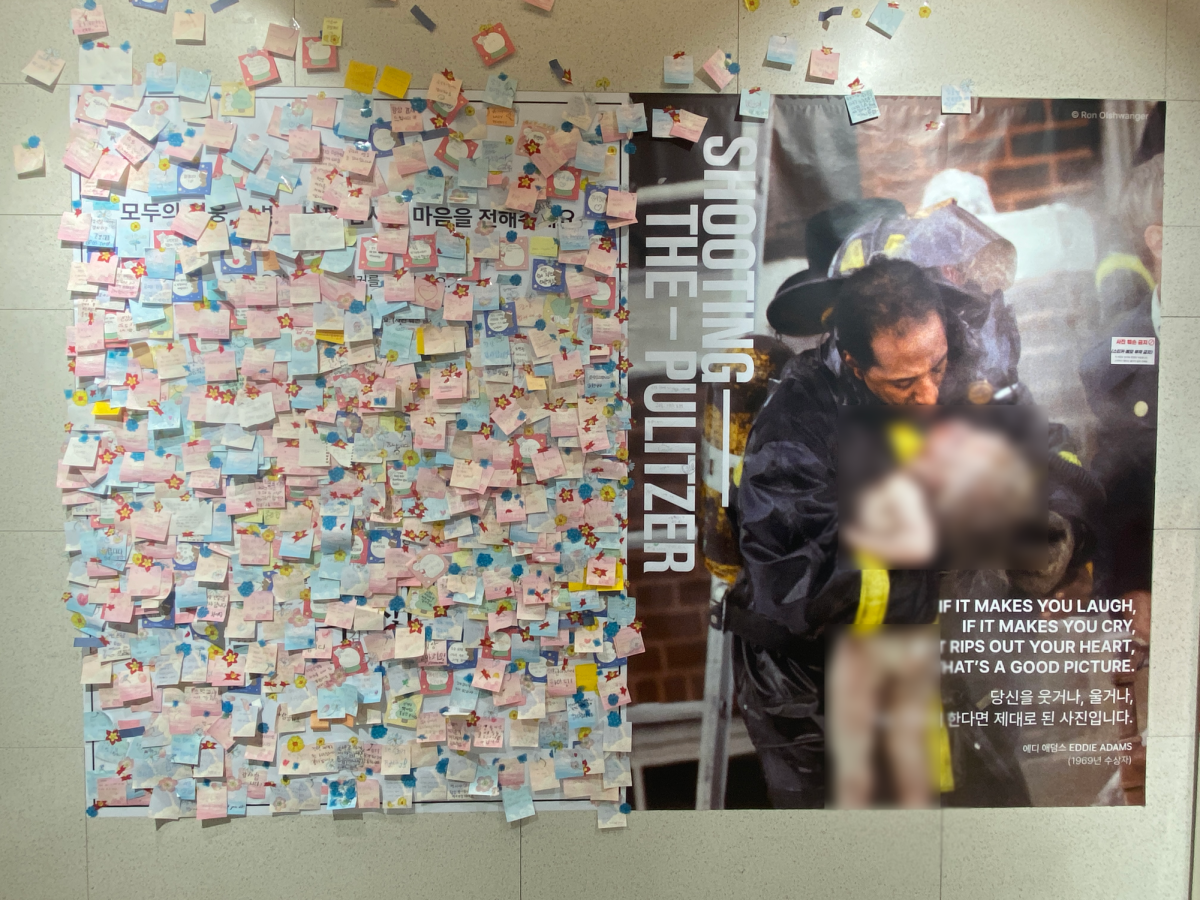
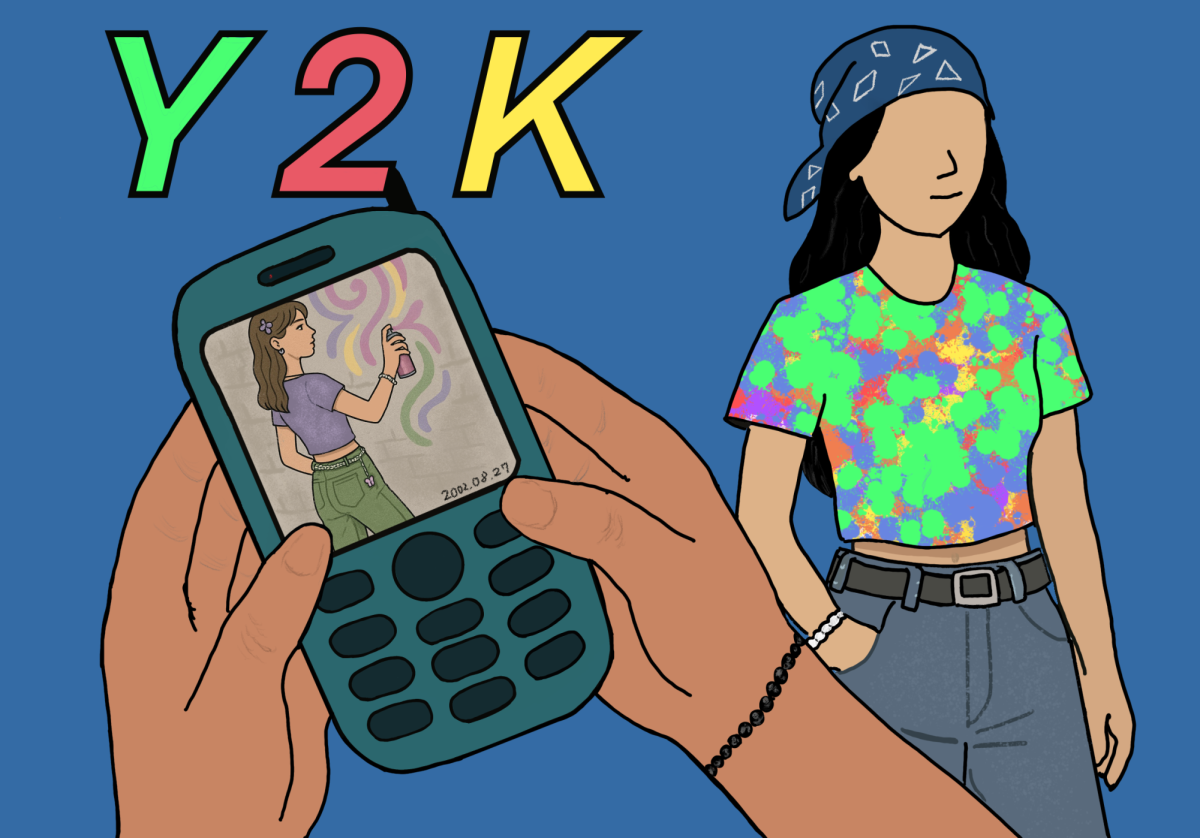
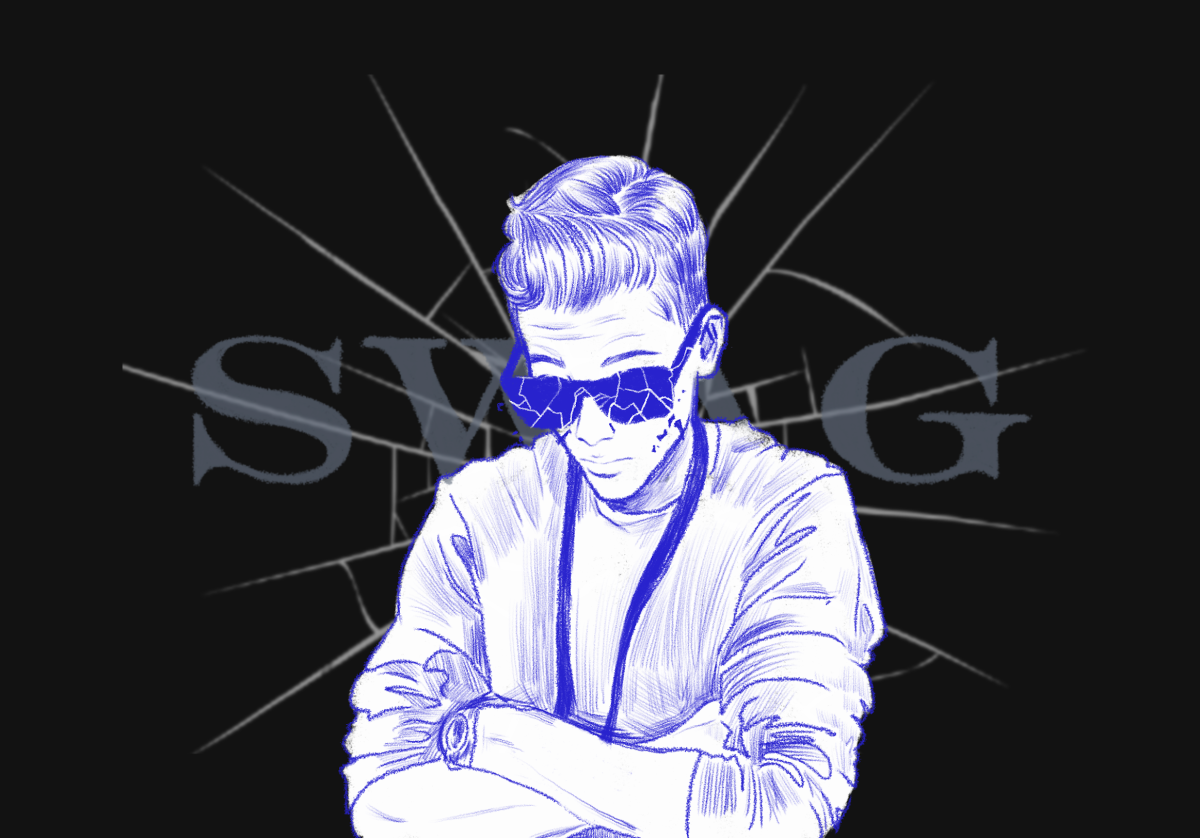

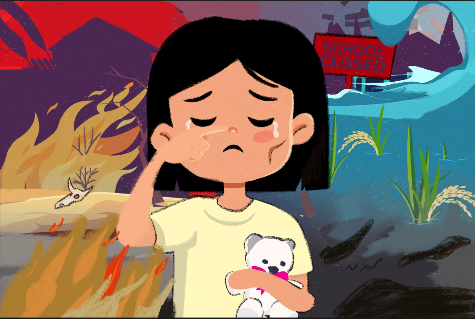



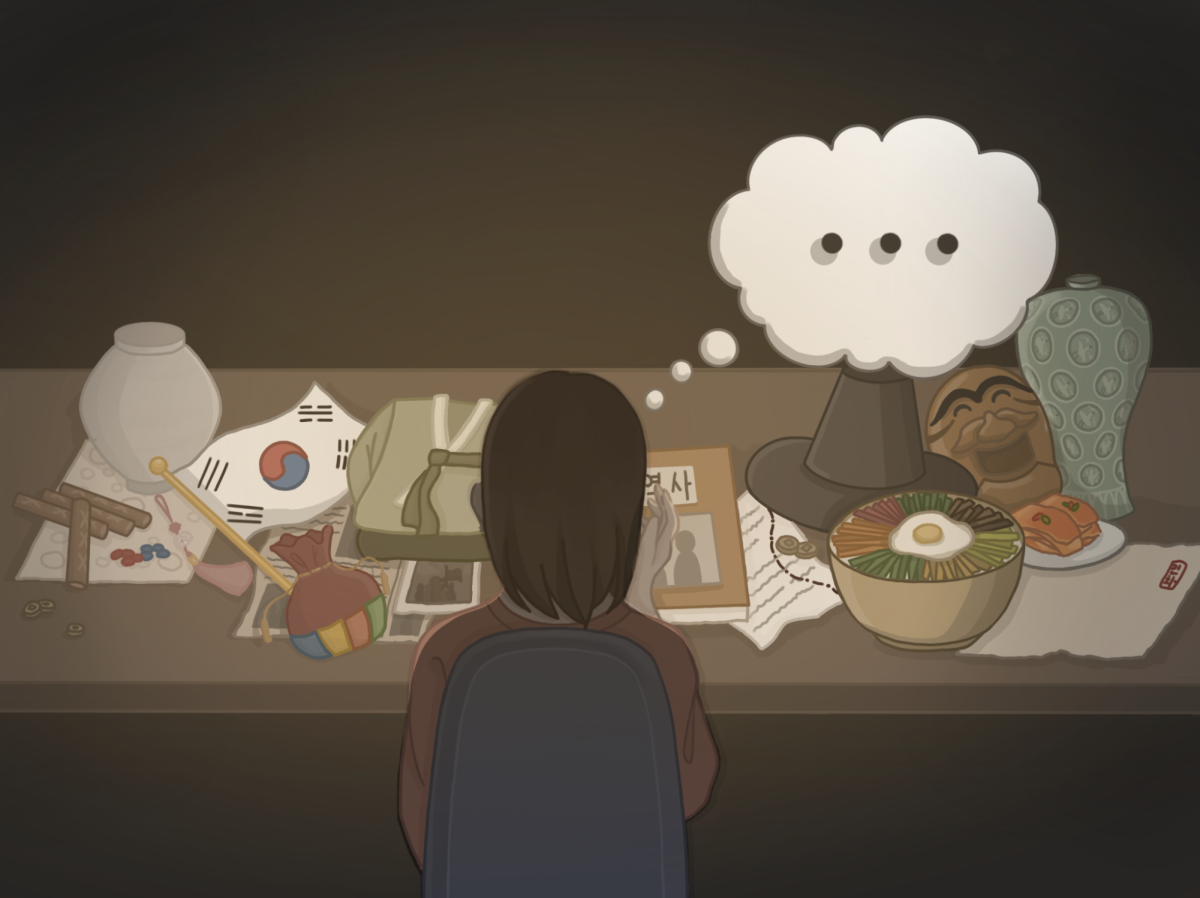
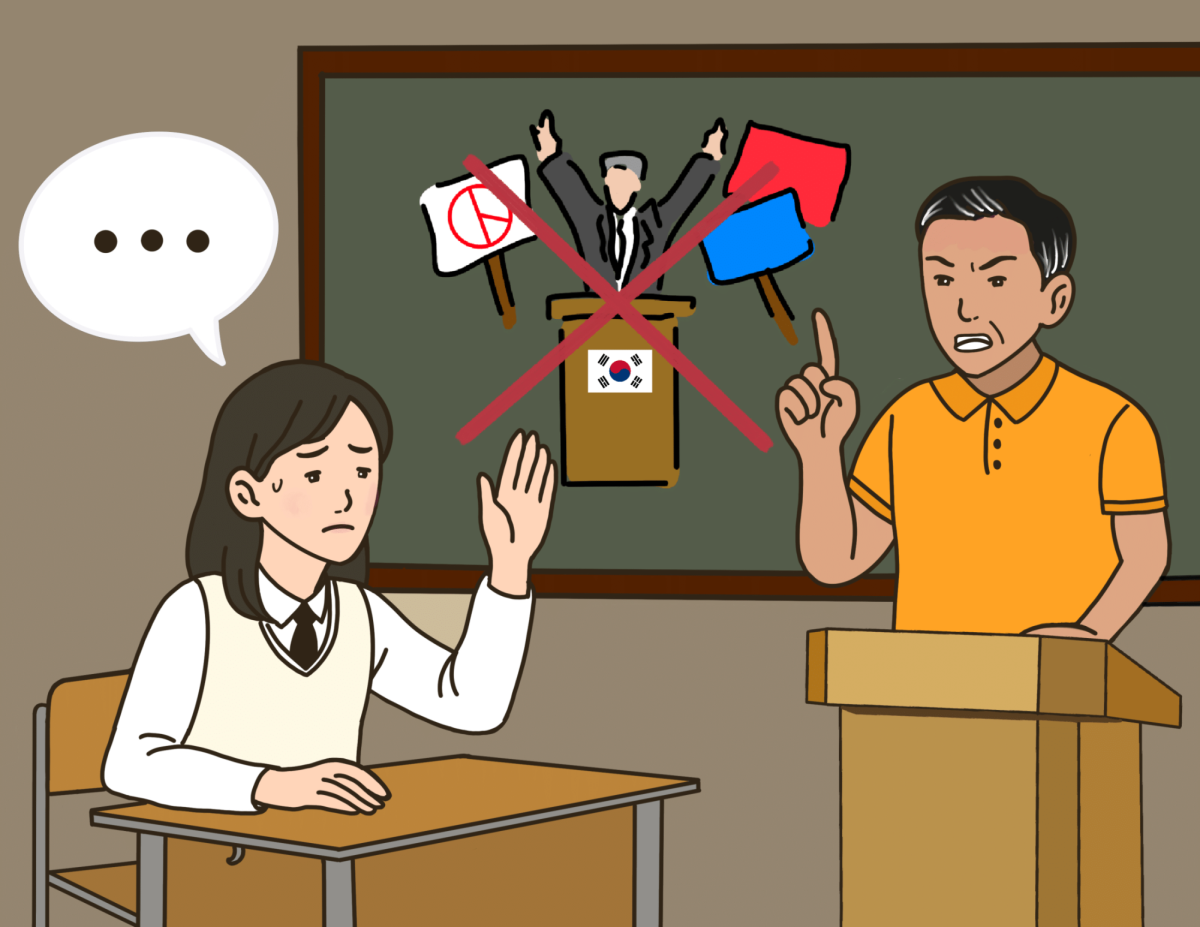












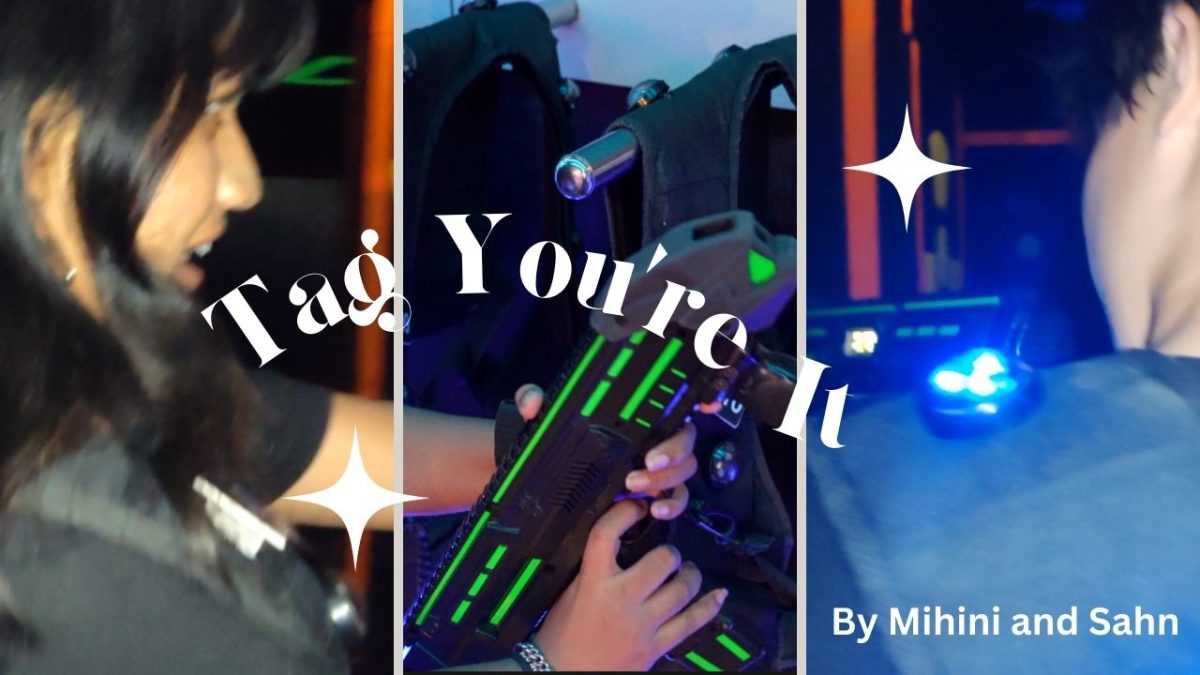






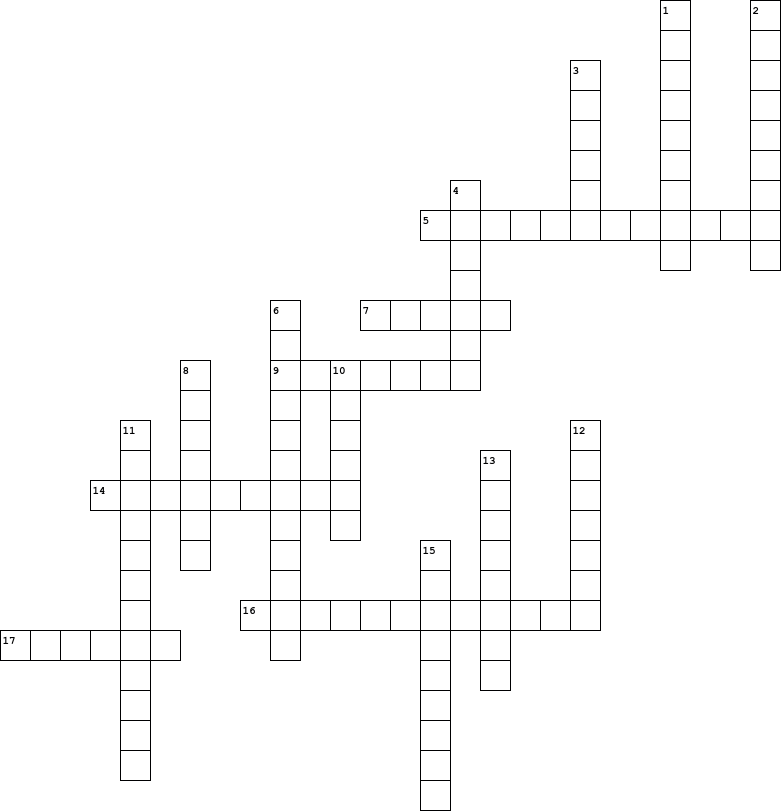


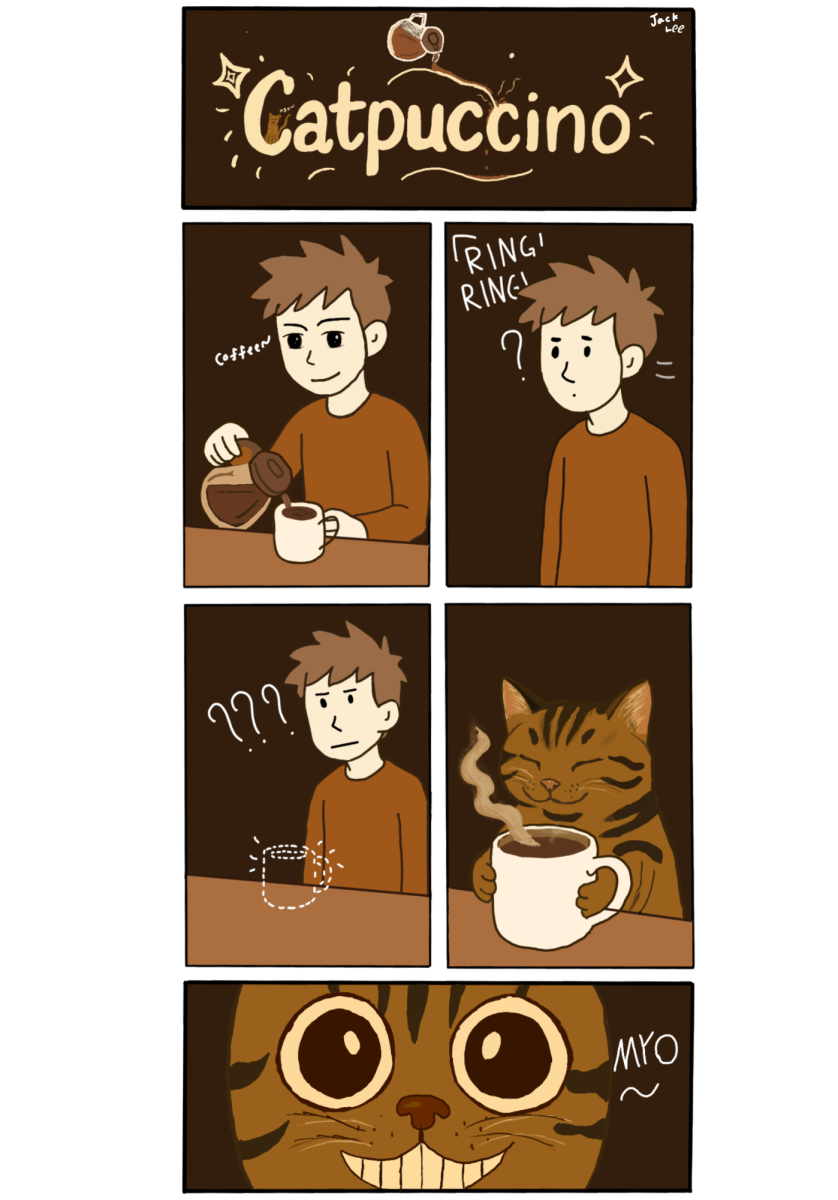
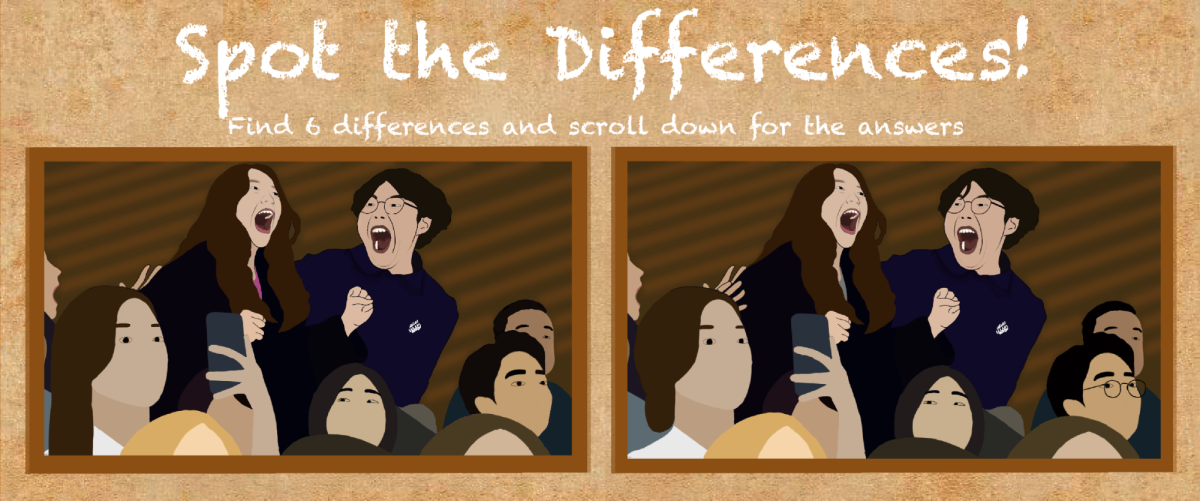




Jio Kim • May 22, 2025 at 7:36 pm
I think this article is really interesting! Especially because we learned about DID in pysch I think it makes this article much more interesting! Great job Sophia!!